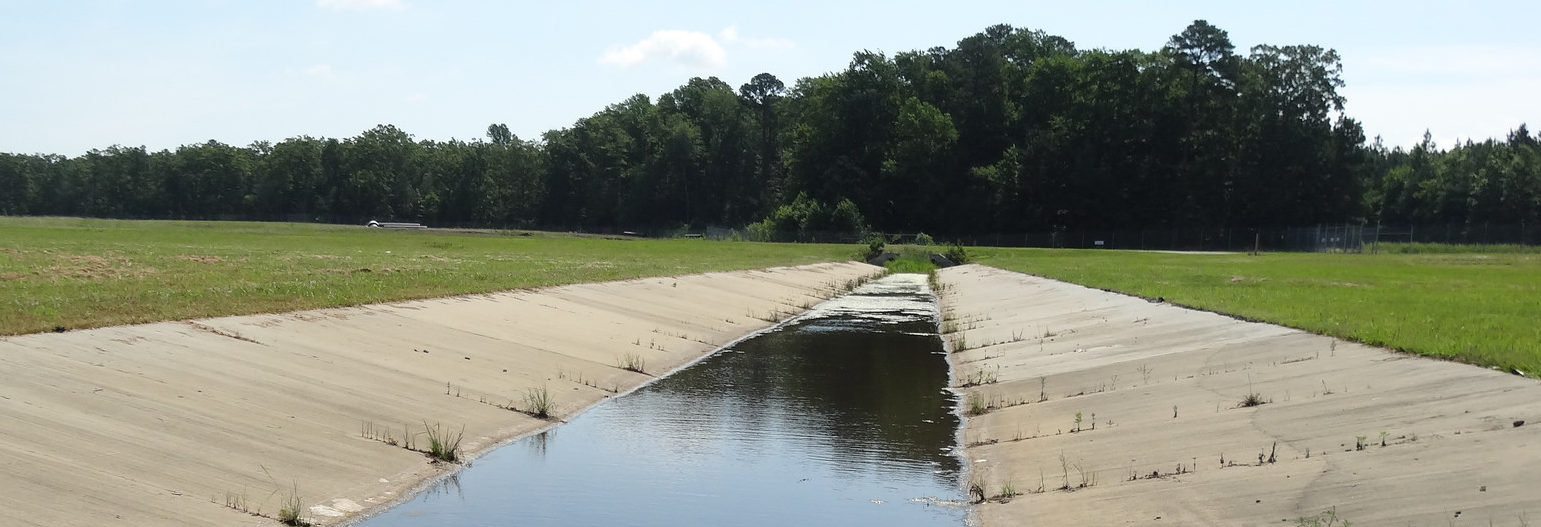As community infrastructure ages and water lines corrode, the possibility of dangerous contaminants trickling into the same water you drink can become a real threat. Unfortunately asbestos, lead and other dangerous materials can raise concern when found in public water supplies because of the health risks associated with these substances.
Asbestos, the culprit of a rare cancer.
Asbestos has been linked to several health complications. Most significantly mesothelioma, a devastating and rare form of cancer that develops 20-50 years after exposure. The most common way to develop mesothelioma is by the inhalation of airborne asbestos fibers. These fibers travel through your airways and become lodged in the lining of your lungs, known as the pleura, and can lead to developing pleural mesothelioma.
In other cases ingesting fibers — such as through drinking water — can also lead to the disease’s development. Mesothelioma found in the abdomen and caused by ingestion of asbestos fibers is known as peritoneal mesothelioma. This form of mesothelioma, although less common, has a somewhat better life expectancy than other types of malignant mesothelioma.
How Can Asbestos Fibers Enter Water Sources?
There are three main ways that asbestos can enter our water sources. These risk factors can also be relevant to other kinds of mineral contamination, not just asbestos, so being aware of them is very important. The chances of developing mesothelioma from drinking water is dependent on the amount of asbestos present in the water, and how many years you had been drinking the water.
- Corrosion to Outdated Pipes:
Asbestos cement (AC) pipes were mainly used prior to the 1980s, and could still be present in your home. After 30+ years of use, wear, and corrosion, the safety of unmaintained infrastructure like this can pose unknown threats. Natural disasters, unfortunate weather and construction demolition present potential danger in areas where AC pipes deliver water. A possible rupture to these structures can happen in a number of ways, each time compromising the supply and quality of water.
- Natural Deposits:
Floods, earthquakes, and landslides can disturb naturally occurring asbestos deposits. Asbestos fibers from these natural sources are easily carried by wind, flood or rain waters into communities and local drinking sources. Natural disasters can cause many worries around your home’s infrastructure and stability, so don’t forget to check your water quality after one occurs. - Asbestos Debris:
Demolition after fires, floods or other disasters can disrupt asbestos fibers. The displacement of asbestos fiber can result in particles becoming introduced into our streams, rivers, lakes and wetlands, further resulting in waterline contamination and public health concerns. Debris removed from a site can also contain dangerous asbestos, if not disposed of properly. Only if a site is examined specifically for asbestos can cleanup workers be assured that none of the mineral is present. In many situations, irresponsible asbestos abatement techniques brings the greatest risk for second-hand exposure.
How Concerned Should I Be?
First, remember that being mindful is most important, and don’t panic! Regulations set by the U.S. Environmental Protection Agency (EPA) require public water suppliers to test all drinking water regularly. If something dangerous presents itself in your water as a threat it is required that you be informed when contaminants exceed certain levels. You can find the details of those levels in the Safe Drinking Water Act, created in 1974 and amended appropriately afterward.
Learn more:
The Mesothelioma Cancer Alliance








